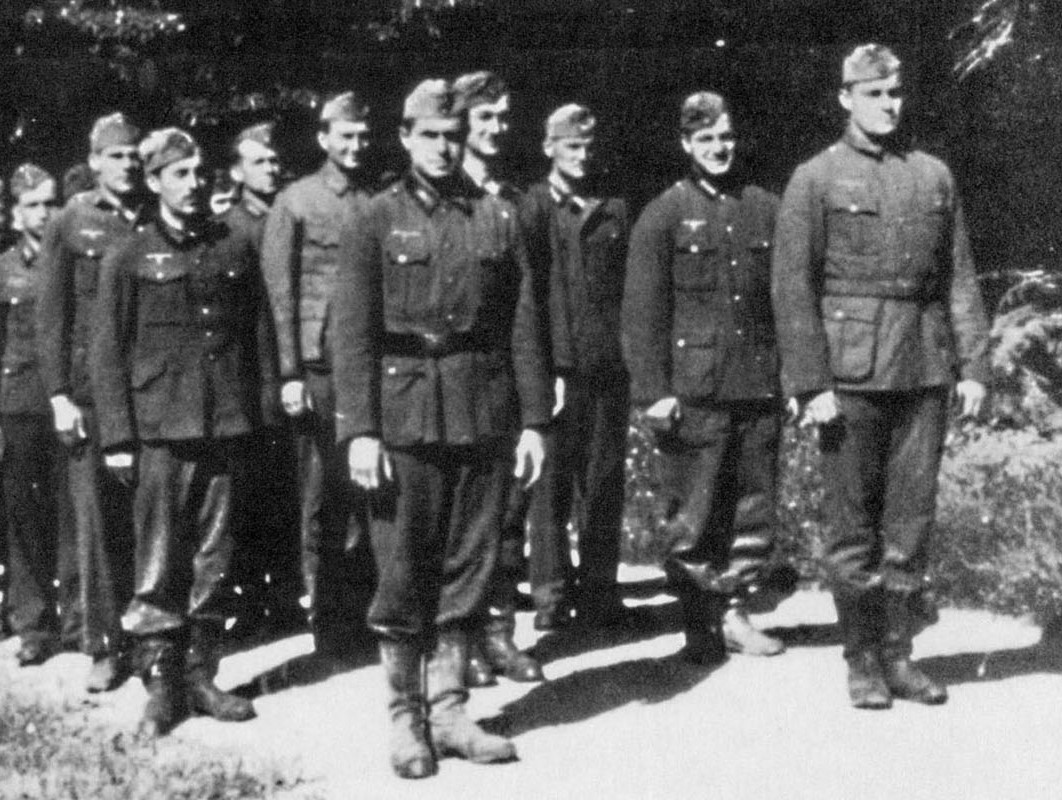Aaron Bank standing alongside German defectors recruited for Operation Iron Cross in WW2. Bank is at left in the first rank Photo: US Army.
De Oppresso Liber” — Motto of the US Army Special Forces
Aaron Bank was a US Army officer who is widely regarded as the “father of the Green Berets”. He was born in New York City in 1902 and joined the Army in 1939. He served in various covert operations during World War II, as an officer of the Office of Strategic Services (OSS), the precursor of the Central Intelligence Agency (CIA) and the US Army Special Forces.
The OSS was the intelligence agency of the United States during World War II, formed as an agency of the Joint Chiefs of Staff to coordinate espionage activities behind enemy lines for all branches of the United States Armed Forces. Other OSS functions included the use of propaganda, subversion, and post-war planning. The OSS was dissolved a month after the end of the war, but its legacy lives on in the CIA and the Special Forces.
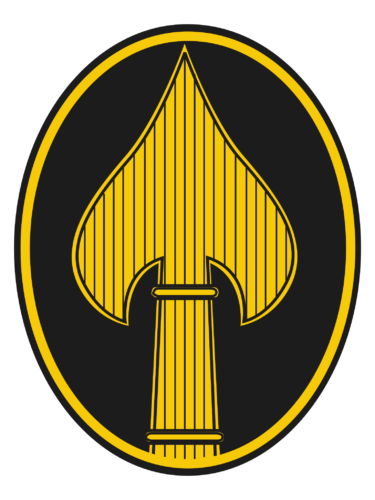
The OSS was established by a Presidential military order issued by President Roosevelt on 13 June 1942, to collect and analyze strategic information required by the Joint Chiefs of Staff and to conduct special operations not assigned to other agencies. The OSS was based on the British Secret Intelligence Service (SIS/MI6) and Special Operations Executive (SOE), which had been conducting similar activities against Nazi Germany since 1940. The OSS was led by William J. Donovan, a World War I hero and a lawyer who had served as an informal emissary for Roosevelt in Britain. Donovan recruited many of his agents from among his contacts in business, law, journalism, academia, and society.
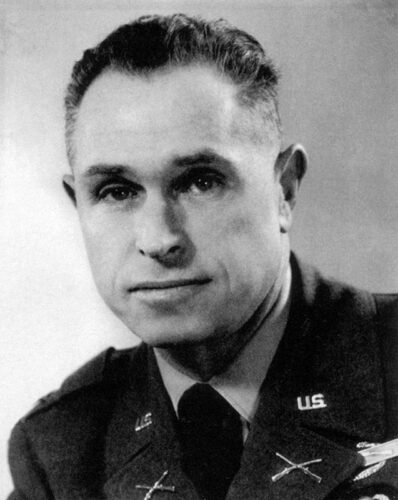
Bank joined the OSS in 1943, after volunteering for special operations work. He was selected for the OSS because of his language abilities, as he spoke fluent French and German. He received training in unconventional warfare tactics and strategy, espionage, and parachute jumping. He was assigned to the Jedburgh project, an Allied program that brought together American, Belgian, British, Dutch, and French special forces personnel to conduct small unit operations in occupied Europe.
The Jedburgh teams were composed of two to four men who parachuted behind enemy lines to support resistance movements and carry out sabotage and guerrilla warfare. The teams were named after a town in Scotland where they trained. The Jedburghs operated in more than 100 missions across France, Belgium, and the Netherlands from June 1944 to May 1945. He led the Jedburgh Team PACKARD, parachuting into Lozère Department of France and linking up with French Resistance.
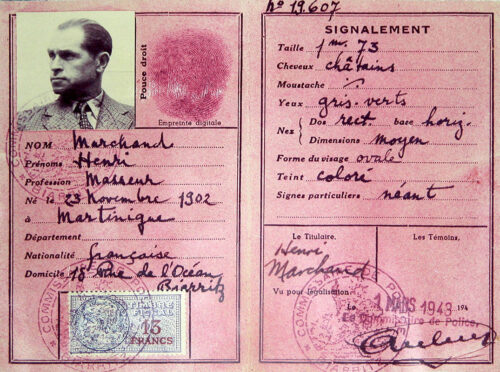
At the time of “Operation Anvil”, also known as Operation Dragoon” (the Allied invasion of Southern France about six weeks after the D-Day invasion at Normandy), Bank and his French partisans drove the German forces away from the beachhead ahead of the Allied troops, liberating a number of French towns before the regular forces arrived. Operation Anvil was initially planned to be executed in conjunction with Operation Overlord, but it was postponed due to a lack of resources. The operation aimed to secure the vital ports on the French Mediterranean coast and increase pressure on the German forces by opening another front. The operation involved landing forces from the US Seventh Army and the French Army B, supported by a large naval task force and air cover from the Mediterranean Allied Air Forces.
He also participated in “Operation Iron Cross”, an audacious mission that put Bank in command of a company of anti-Nazi German prisoners of war. Bank and his team were to parachute into the Austrian Alps, an area believed by Allied planners to be the final redoubt of Nazi leadership and attempt to capture or kill Adolf Hitler in 1944. The operation was cancelled due to lack of reliable intelligence and the advance of Soviet troops.
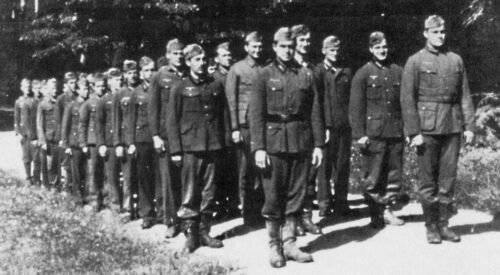
After the war, he continued his career in intelligence and special warfare, and was instrumental in shaping the US military’s special operations warfare capability. He helped develop the basic doctrine and structure of Army Special Forces, which outlines the approach that SF will take to accomplish the planning and execution of its assigned missions. The SF doctrine is geared towards nine doctrinal missions: unconventional warfare, foreign internal defense, direct action, counterterrorism, counterinsurgency, special reconnaissance, information operations, counterproliferation of weapons of mass destruction, and security force assistance.
In 1952 he was selected to command the first Special Forces unit, the 10th Special Forces Group, at Fort Bragg, North Carolina. He deployed with the group to West Germany in late 1953 and commanded it until late 1954. He retired in 1958 with the rank of colonel but remained active as a consultant and advisor for various military and civilian organizations.
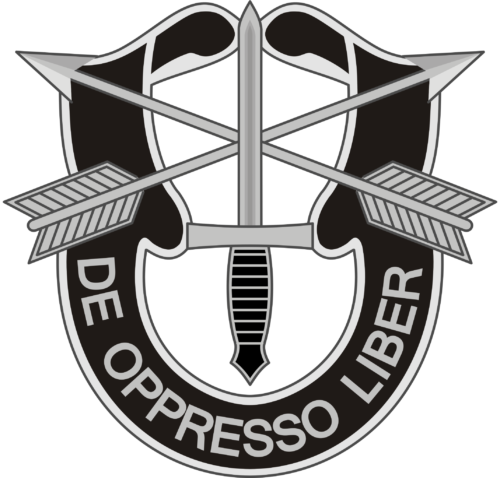
Bank married Catherine Suzanne Wagner, who was born in Germany, on August 4, 1948, in Munich. They had two daughters, Linda and Alexandra. He authored two books: From OSS to Green Berets: The Birth of Special Forces, which recounts his adventures in France and Indochina and his role in establishing the Special Forces, and Knight’s Cross, a fictionalized account of a successful Operation Iron Cross that he co-wrote with E. M. Nathanson. He passed away on 1 April 2004, in Dana Point, California, at the age of 101. He was laid to rest at Riverside National Cemetery in Riverside, California.
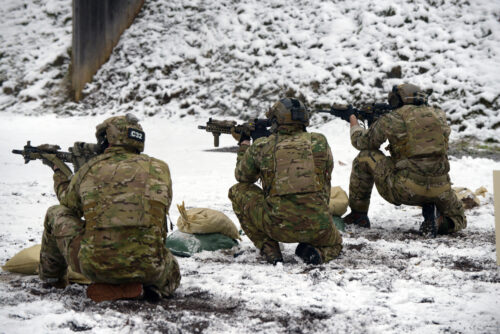
*The views and opinions expressed on this website are solely those of the original authors and contributors. These views and opinions do not necessarily represent those of Spotter Up Magazine, the administrative staff, and/or any/all contributors to this site.

